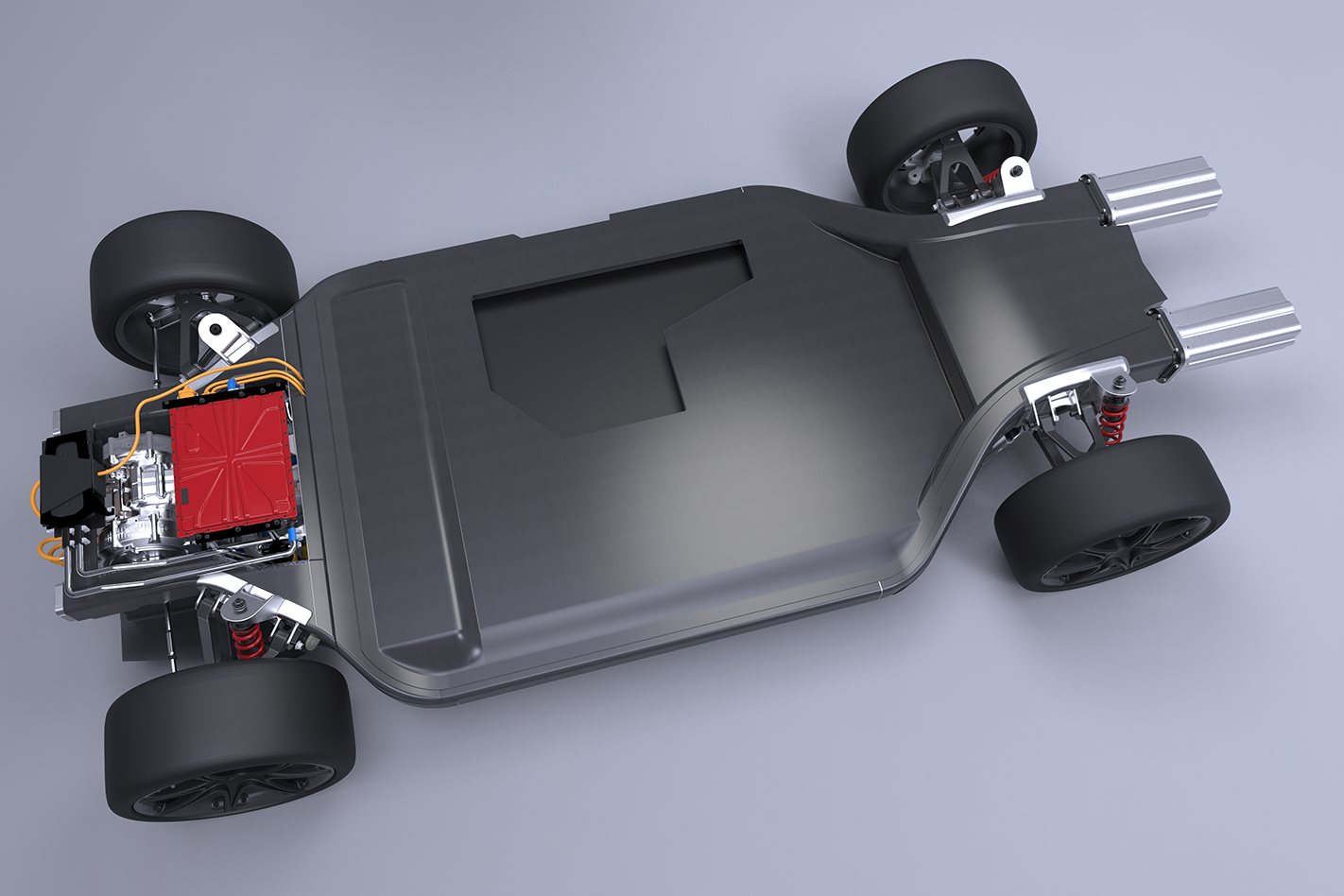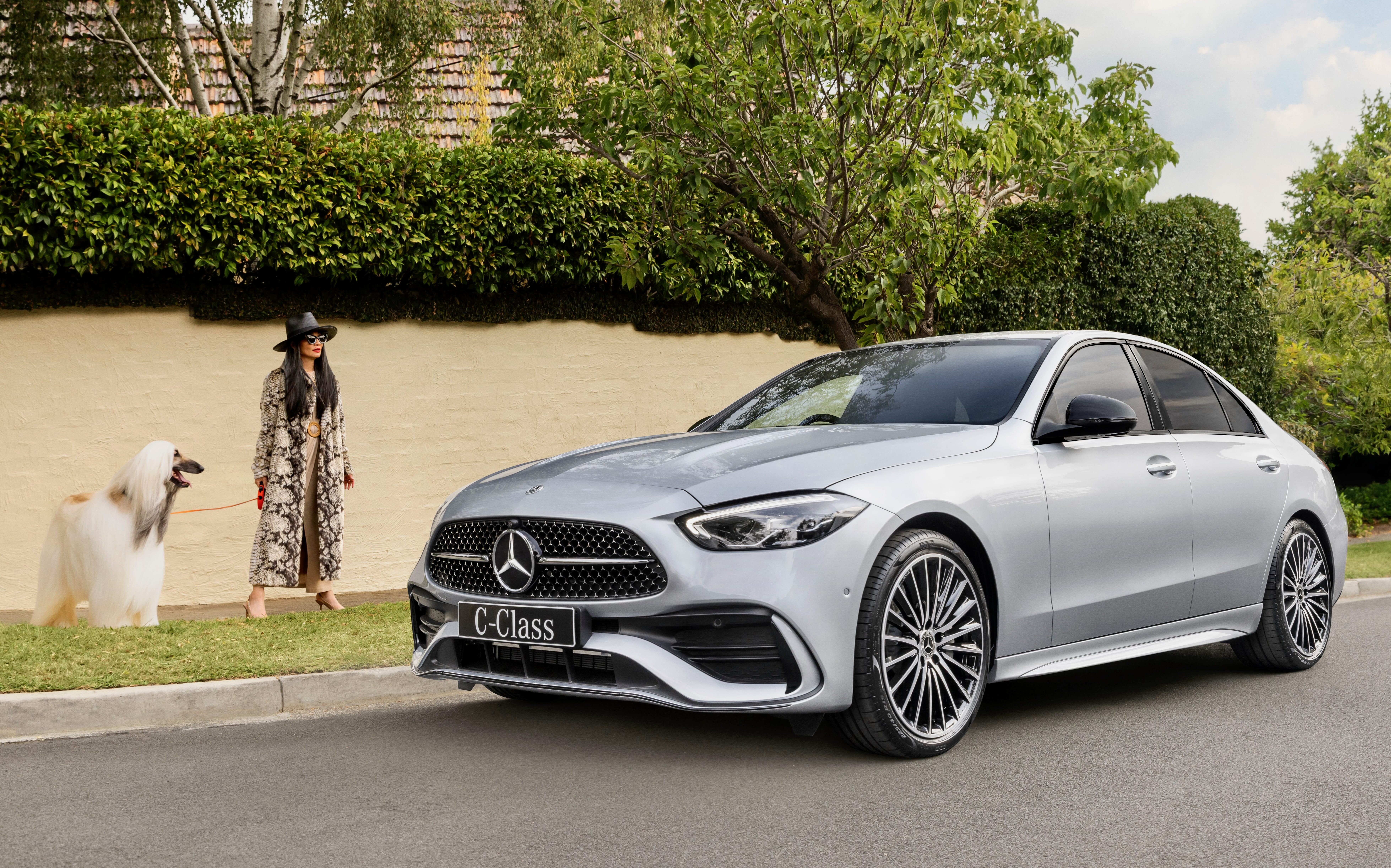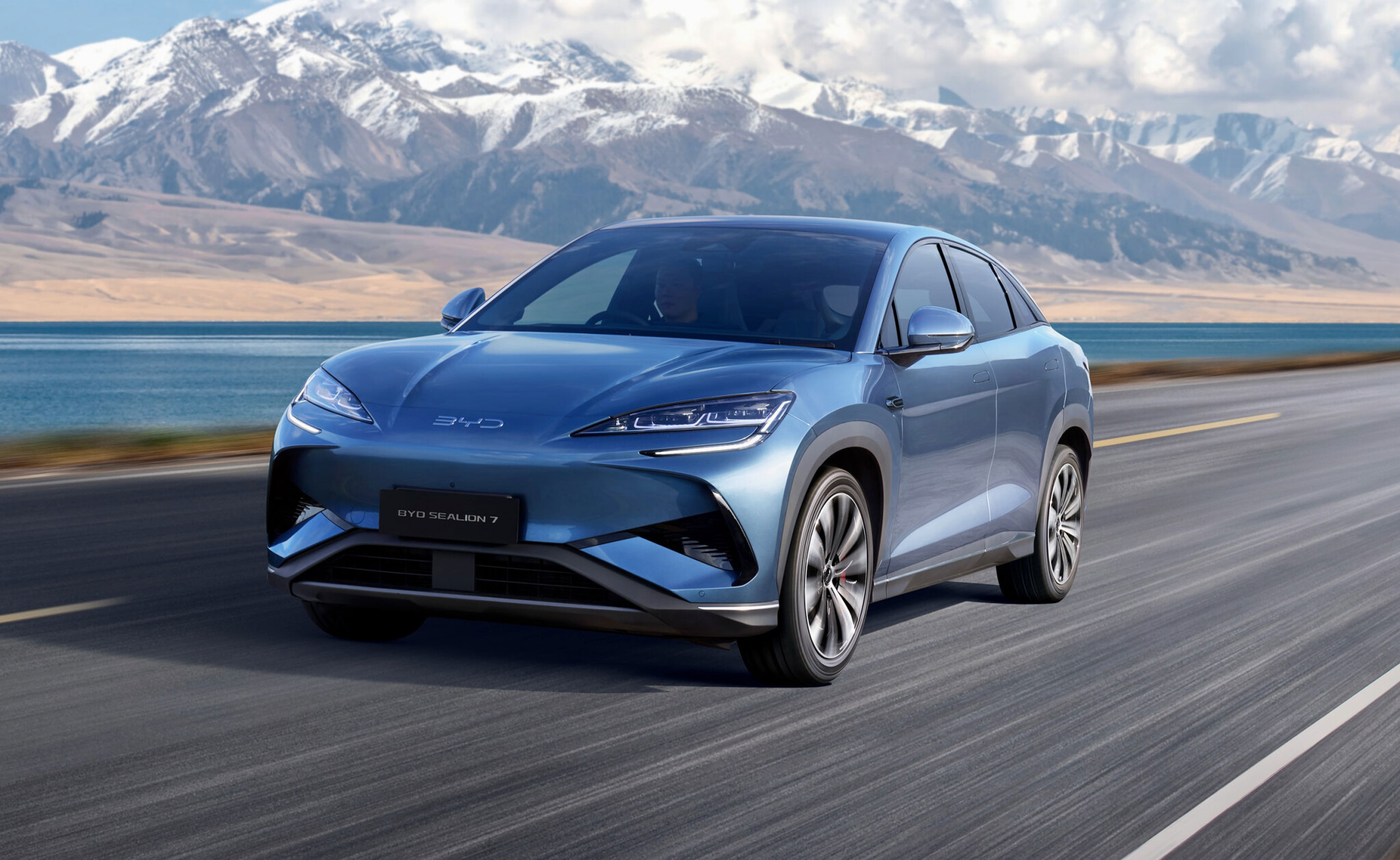MERCEDES-Benz and Aston Martin aren’t the only car makers bringing Formula One technology to the road. Now F1 manufacturer Williams wants in on the party, launching an experimental battery-powered platform it thinks could one day sit under a road car.
Williams Advanced Engineering, the technology, testing and engineering division of the F1 constructor, says its FW-EVX electric vehicle platform that it claims is lighter, safer and greener, with longer range and better performance than anything else out there.
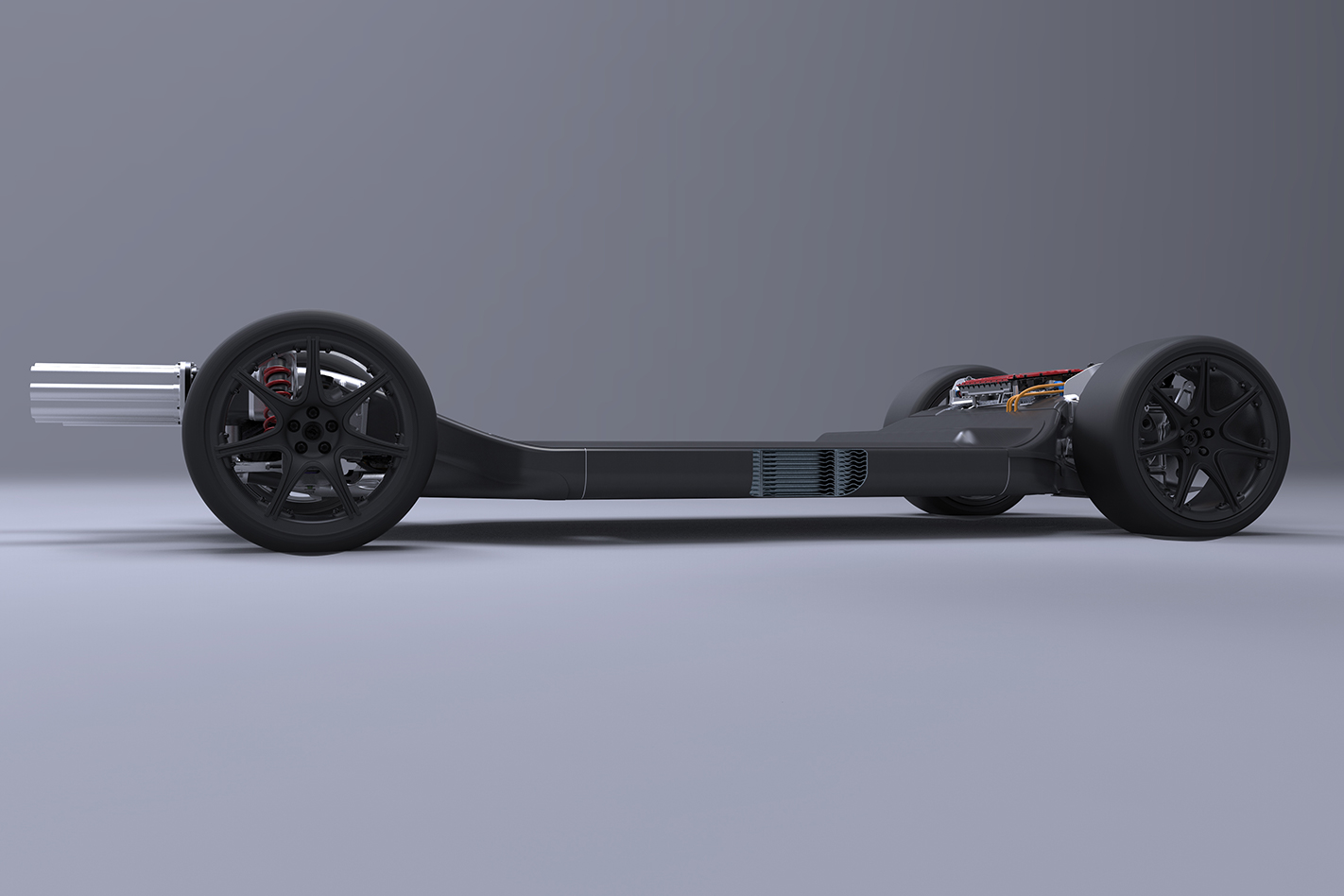
“The concept features several innovations in battery pack design, cooling systems and lightweight structures, which have each been cleverly integrated into a single, scalable platform.”
What is it? Looking something like a McDonald’s fast food tray suspended between four pretty cool-looking lightweight alloy wheels connected to the chassis via fibre-reinforced suspension components that cut weight by 40 percent compared with conventinal aluminium wishbones. They’re made using what Williams claims is a highly automated process that produces “near zero” waste. all up, the composite and aluminium structure weighs 955kg, with the batteries alone contributing to 340kg of that.
The design also uses the chassis rails to provide cooling air to the 380 batteries arranged in three rows across the body. All up, Williams estimates the platform will support a supercar weighing in around 1750kg, with a range of more than 550km.
“Another innovation being showcased is the process of forming high-strength 3D structures from 2D materials which, in this instance, has created an exoskeleton for a battery module that also contributes to the structural performance of the battery,” it said.
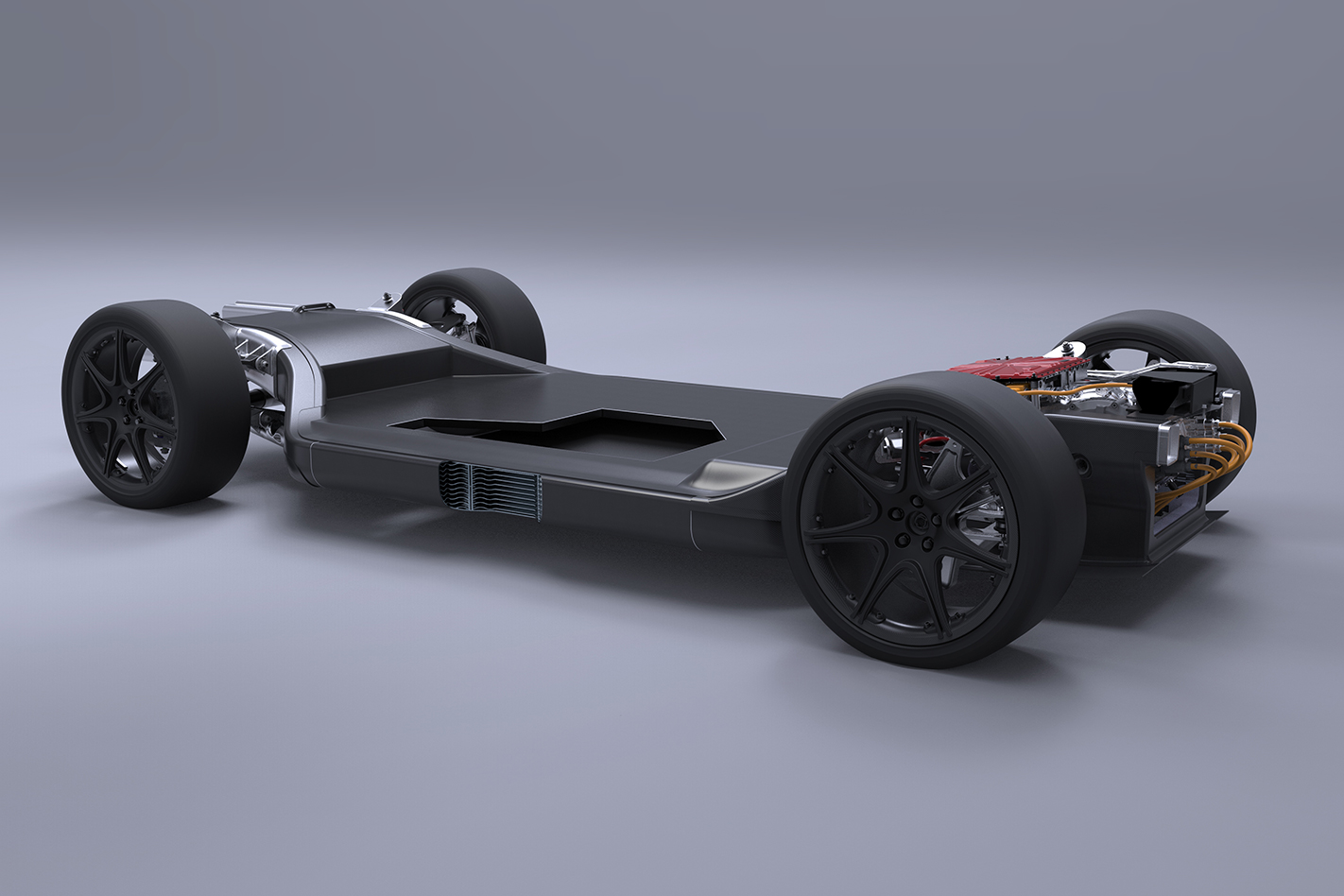
“It’s complemented at the rear by Xtrac’s P1227 transmission with torque vectoring capability, which made its debut in 2016, and which has already been selected by customers for high performance EV applications.” Oh, and it also torque-vectors.
It then goes on to say that the transmission is rated to a maximum speed of “over 10,000rpm”, and when combined with the three electric motors that the Williams chassis uses, “the overall rating of the Williams powertrain is 480kW”.
The chassis shown is all-wheel drive, but Williams said the single 160kW motor for the front axle could be deleted, leaving a 320kW twin-motor rear-drive layout. The platform on display has an 80kWh energy capacity on a 2800mm wheelbase, although Williams said the modular design would allow more, or less, capacity.

So why did Williams want to build a car without a body? “Vehicle efficiency has always been core to Williams, whether it be in Formula One or with Williams Advanced Engineering’s customer projects,” Williams Advanced Engineering technical director Paul McNamara said.
“These technologies, and our thinking around how to create a tightly integrated, lightweight chassis and powertrain package, have the potential to greatly increase the competitiveness of the next generation of electric vehicles.
“By making EVs more attractive to consumers, we can help accelerate their adoption and the air quality benefits they bring,” he said.
Williams Advanced Engineering already has electric vehicle experience, having built the Bladeglider concept for Nissan, and supplying the advanced batteries used in the Formula E open-wheeler series that is attracting big-name manufacturers, including Porsche, Audi and Jaguar.
The FW-EVX is on displayed at the Low Carbon Vehicle Show in Millbrook, England.

